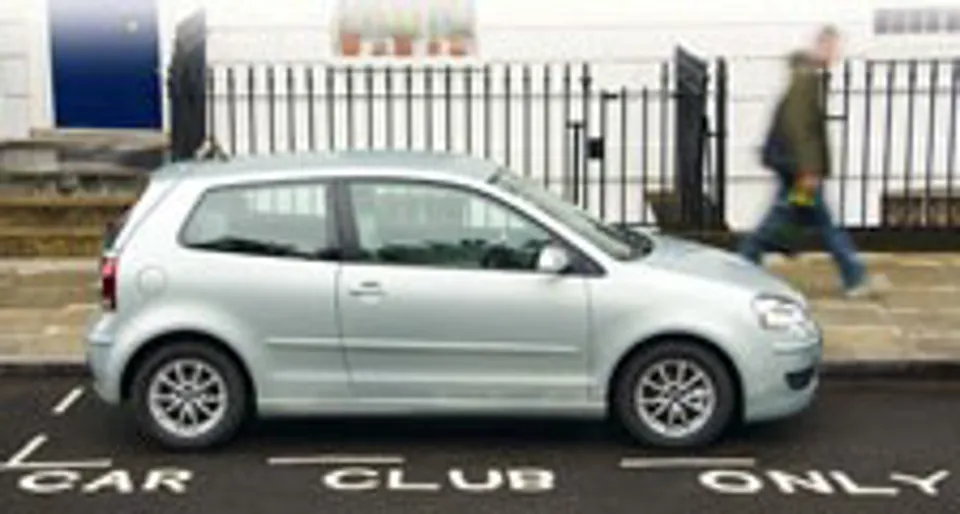The car rental market is set to provide greater access to mobility, reducing car ownership and helping the government to tackle the congestion and emissions that blight many urban areas, according to a new report.
The report, ‘Car Rental 2.0: New alternatives to car ownership’, summarises the findings from a joint seminar held by the BVRLA and the RAC Foundation earlier this year, which explored alternatives to car ownership – car rental, traditional and one-way car clubs, and lift sharing.
These different pay-as-you-go motoring business models can complement each other as well as other modes of public transport, according to the report.
Technology, in the form of integrated ticketing or smartphone apps and in-car communications has the potential to link them all together, creating a ‘mobility mix’ that helps travellers choose the cheapest, cleanest or quickest appropriate way of completing their journey.
The paper also examines the potential for new car ownership models to kick-start the electric vehicle market, as well as the role of local authorities and central government in creating the necessary policy framework for car clubs and rental to mature.
“This is a very exciting era for car rental, with the market poised for substantial growth in urban areas, where more and more people want to avoid the cost and hassle associated with owning their own car,” said John Lewis, chief executive of the BVRLA.
Professor Stephen Glaister, director of the RAC Foundation, said: “Access to cars has had a liberating effect across all sections of society, but it has also brought problems. The idea of borrowing or hiring a vehicle rather than buying offers the opportunity for yet more people to benefit from personal mobility but without compounding some of the detrimental impacts.
“And this is not just an academic concept. Car clubs, for instance, are springing up across the country because people see them as sound commercial ventures. The trick will be to make them a fully integrated part of the transport mix, with consistent policies across local authority boundaries and a sense of where these schemes can add maximum value.”
















Login to comment
Comments
No comments have been made yet.